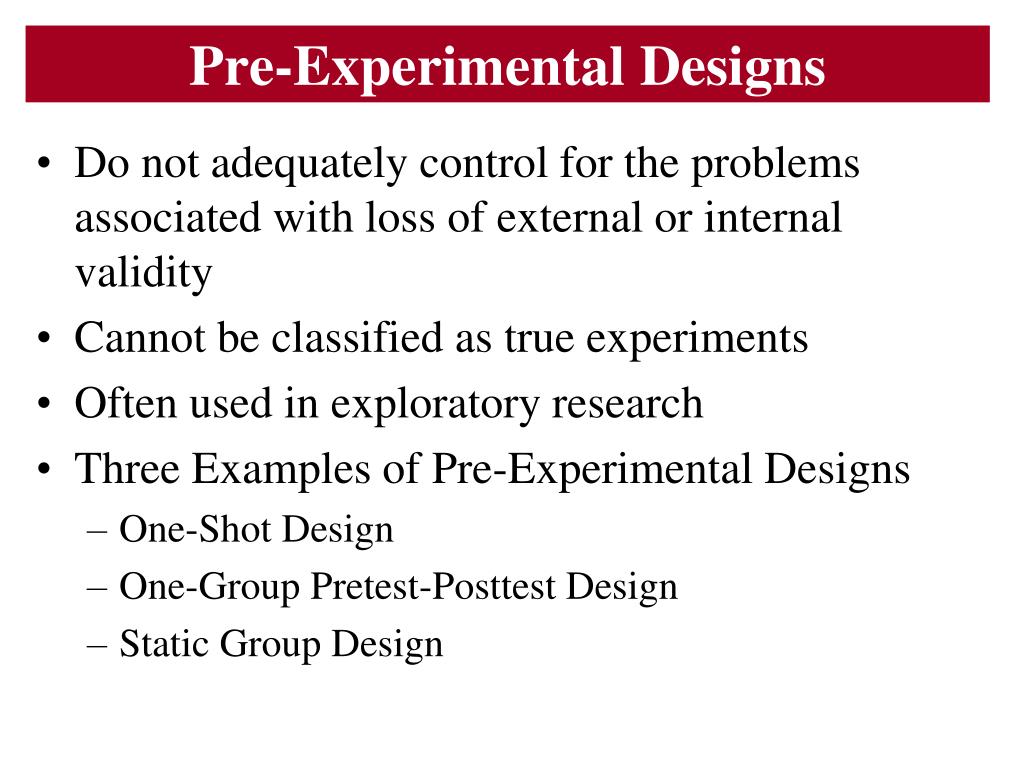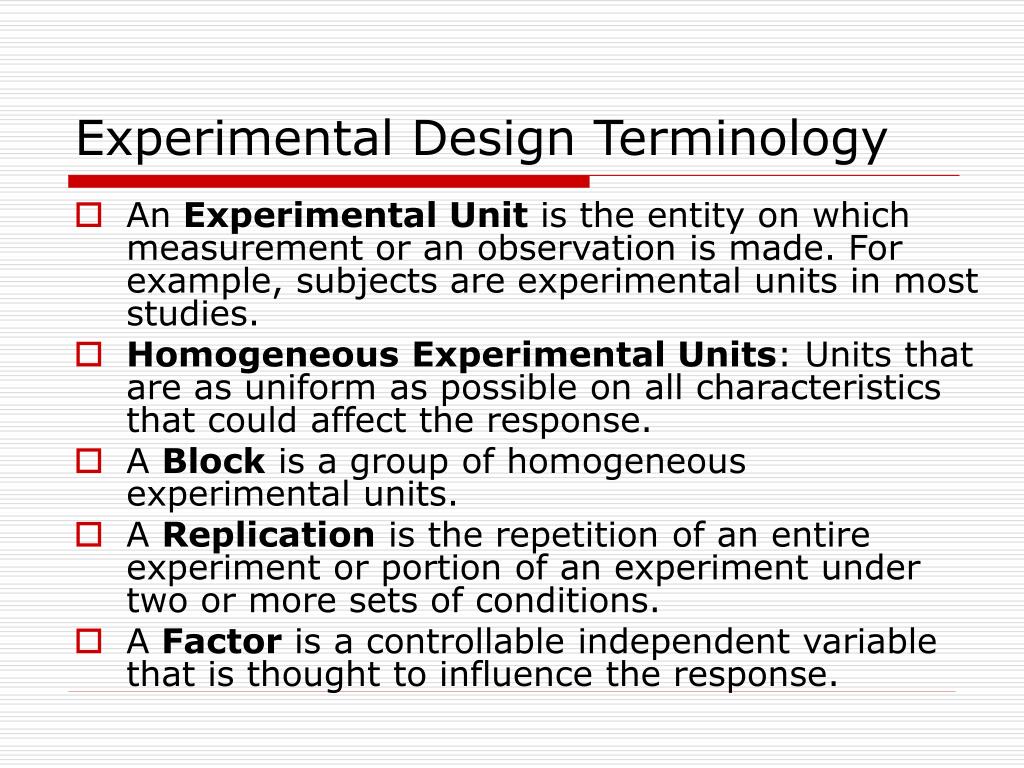Table Of Content

Let's say you want to figure out if a new way of teaching history helps students remember facts better. Two classes take a history quiz (pretest), then one class uses the new teaching method while the other sticks with the old way. With so many variables, it can be tough to tell which ones are really making a difference and which ones are just along for the ride.
Types of experimental research designs
"It is the spirit of variable design and flexibility that drove us to create FS Industrie," he adds. "A response to the changing nature of type, for brands that are responding to the changing nature of work." Handing over this degree of control of the identity to the client may seem unusual. "Graphcore didn't have any internal design resource – they’re a bunch of engineers trying to do something really fucking complicated," he explains.
Join over 22 million students in learning with our StudySmarter App

Companies often use this approach to figure out how different factors—like price, packaging, and advertising—affect sales. By studying multiple variables at once, they can find the best combination to boost profits. Because entire groups are assigned to each condition, there's a risk that the groups might be different in some important way that the researchers didn't account for.
Step 6: Decide on your data analysis strategies
With this raw data, you can do your own analysis to answer new research questions that weren’t addressed by the original study. Observations allow you to collect data unobtrusively, observing characteristics, behaviours, or social interactions without relying on self-reporting. Data collection methods are ways of directly measuring variables and gathering information. They allow you to gain first-hand knowledge and original insights into your research problem. For example, in an ethnography or a case study, your aim is to deeply understand a specific context, not to generalise to a population.
Covariate Adaptive Randomization Cons
Only one group of carefully selected subjects are considered in this research, making it a pre-experimental research design example. We will also notice that tests are only carried out at the end of the semester, and not at the beginning. The experimental research method is widely used in physical and social sciences, psychology, and education.
What Is a Longitudinal Study? - Verywell Mind
What Is a Longitudinal Study?.
Posted: Sat, 02 Dec 2023 08:00:00 GMT [source]
These experiments are laid on a strong foundation of experimental research designs. Imagine coordinating a four-way intersection with lots of cars coming from all directions—you've got to make sure everything runs smoothly, or you'll end up with a traffic jam. Similarly, researchers need to carefully plan how they'll measure and analyze all the different variables. In Factorial Design, researchers are not satisfied with just studying one independent variable. Nope, they want to study two or more at the same time to see how they interact. Similarly, in research, if you don't have a solid plan, you might get confusing or incorrect results.
True experimental research design
These are studies where the participants are not necessarily randomly selected, but they are sorted into either an intervention group or a control group randomly. Quasi-experimental research design doesn’t have randomly selected participants. Researchers typically divide the groups in this research by pre-existing differences. Remember also that using one type of design does not preclude using the other type in a different study.
You're probably doing it right: Experimental design with heterogeneous treatment effects - World Bank
You're probably doing it right: Experimental design with heterogeneous treatment effects.
Posted: Thu, 08 Jul 2021 07:00:00 GMT [source]
By creating a research design, a researcher is also giving oneself time to organize the research, set up relevant boundaries for the study, and increase the reliability of the results. If any part of the research design is flawed, it will reflect on the quality of the results derived. Experimental research is suitable for research whose goal is to examine cause-effect relationships, e.g. explanatory research. It can be conducted in the laboratory or field settings, depending on the aim of the research that is being carried out.
Experimental Designs – Lesson & Examples (Video)
Moreover, if the participants know what conditions you're investigating, they can modify their behaviour to fit what they think you expect. Demand characteristics occur when participants guess the aim of your experiment and adjust their behaviour to what they think is expected. The group that receives the experimental treatment is the experimental group. For example, if the effect of aspirin on heart disease is being investigated, the experimental group is the group of individuals taking aspirin. For example, one group may take a pill containing no aspirin, another group consumes one aspirin a day, while a third group may take 2 aspirins a day.
The Methodologies section in particular should clearly explain how the participants were sorted into group. If the author states that participants were randomly assigned to groups, then that study is a Randomized Control Trial (RCT). If nothing about randomization is mentioned, it is safe to assume the article is not an RCT. The only way to tell what kind of experimental design is in an article you're reading is to read the Methodologies section of the article.
This difficulty is true for many designs that involve a treatment meant to produce long-term change in participants’ behavior (e.g., studies testing the effectiveness of psychotherapy). So far, we have discussed an approach to within-subjects designs in which participants are tested in one condition at a time. There is another approach, however, that is often used when participants make multiple responses in each condition. Imagine, for example, that participants judge the guilt of 10 attractive defendants and 10 unattractive defendants. Instead of having people make judgments about all 10 defendants of one type followed by all 10 defendants of the other type, the researcher could present all 20 defendants in a sequence that mixed the two types.
The experimental units in this study are the subjects who recently had a seizure. Experimental research design should be used when a researcher wants to establish a cause-and-effect relationship between variables. It is particularly useful when studying the impact of an intervention or treatment on a particular outcome. ANOVA is a statistical technique used to compare means across two or more groups in order to determine whether there are significant differences between the groups. There are several types of ANOVA, including one-way ANOVA, two-way ANOVA, and repeated measures ANOVA.
The graphic design and typography publication generated the thousands of individual covers using a variable data program called HP Mosaic. "They are shifted laterally in distances proportionate to the letter spacing." The adaptive font is basically a stop-gap until variable font technology has caught up with the needs of designers. "One of the key challenges we set ourselves was coming up with a type design that could adapt to a broad range of widths and weights without compromising its tone of voice," explains type design director Phil Garnham.

No comments:
Post a Comment